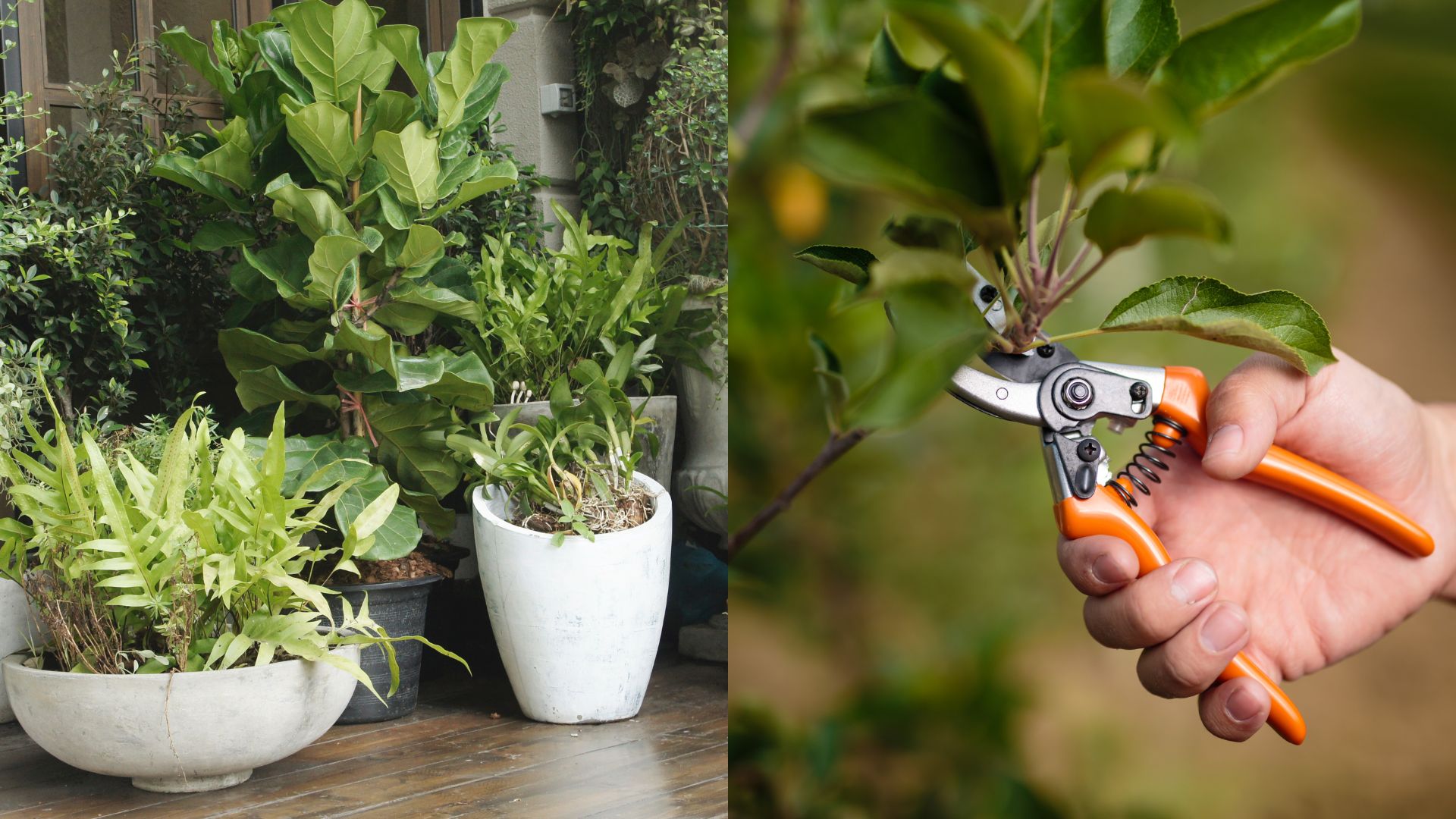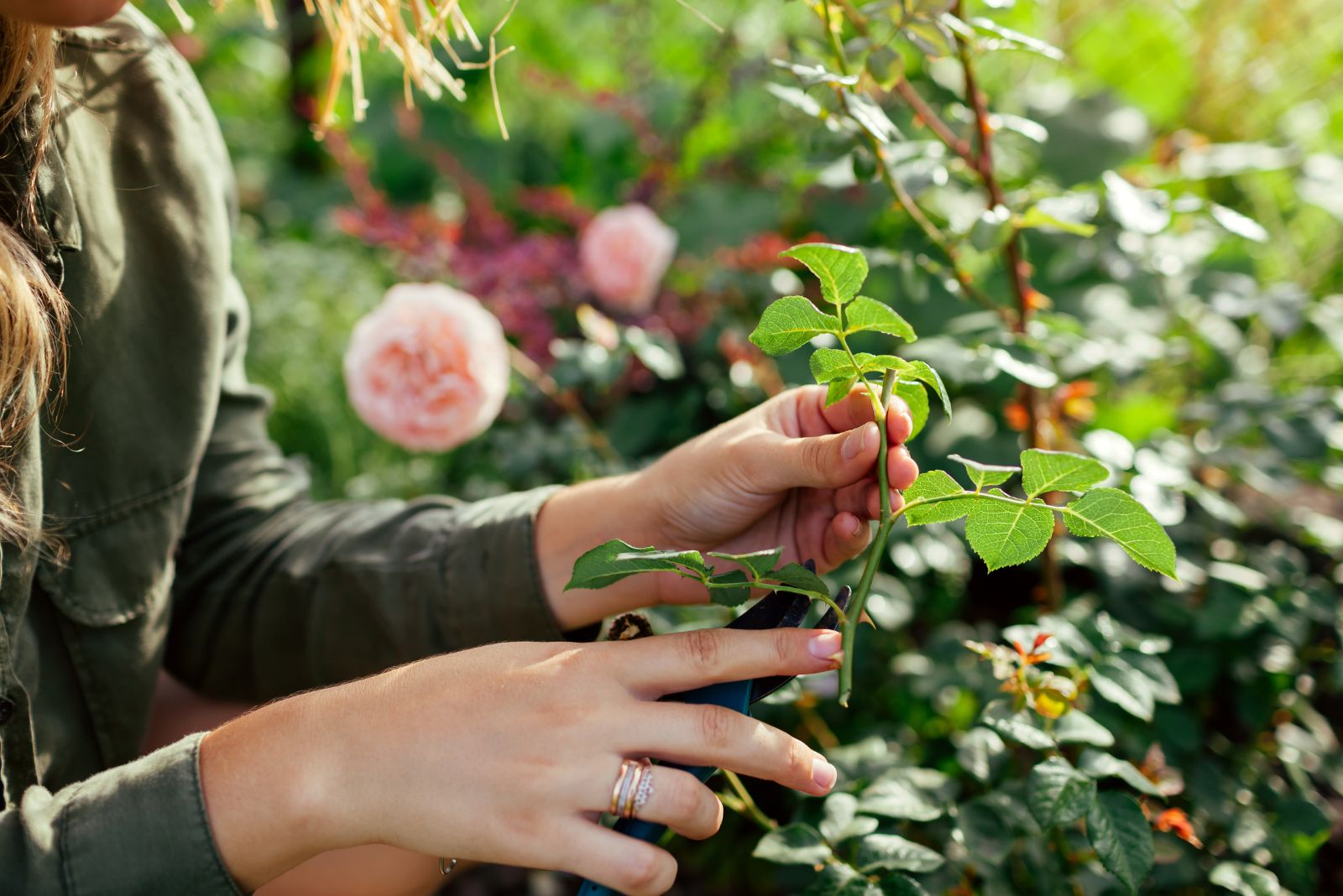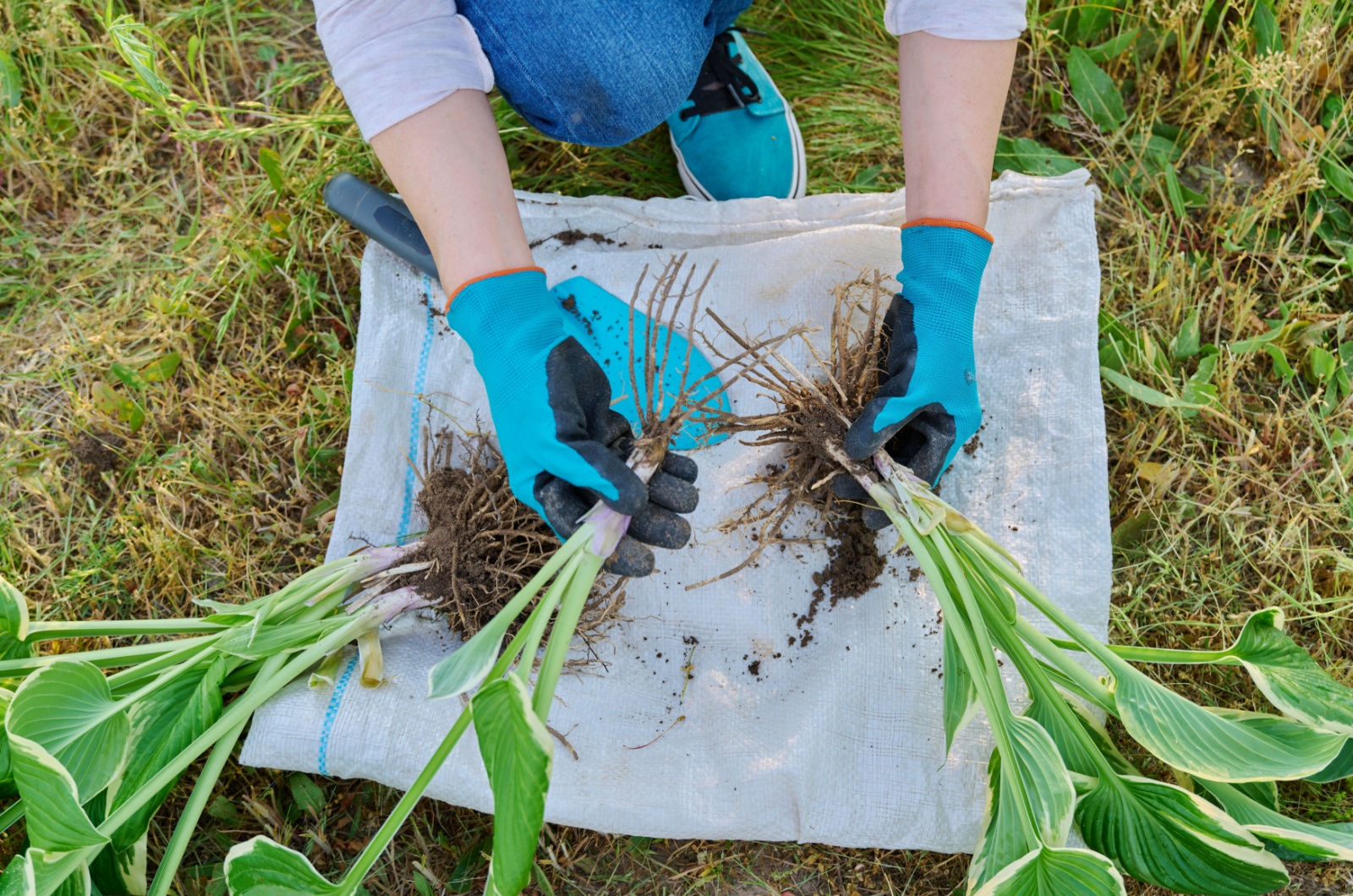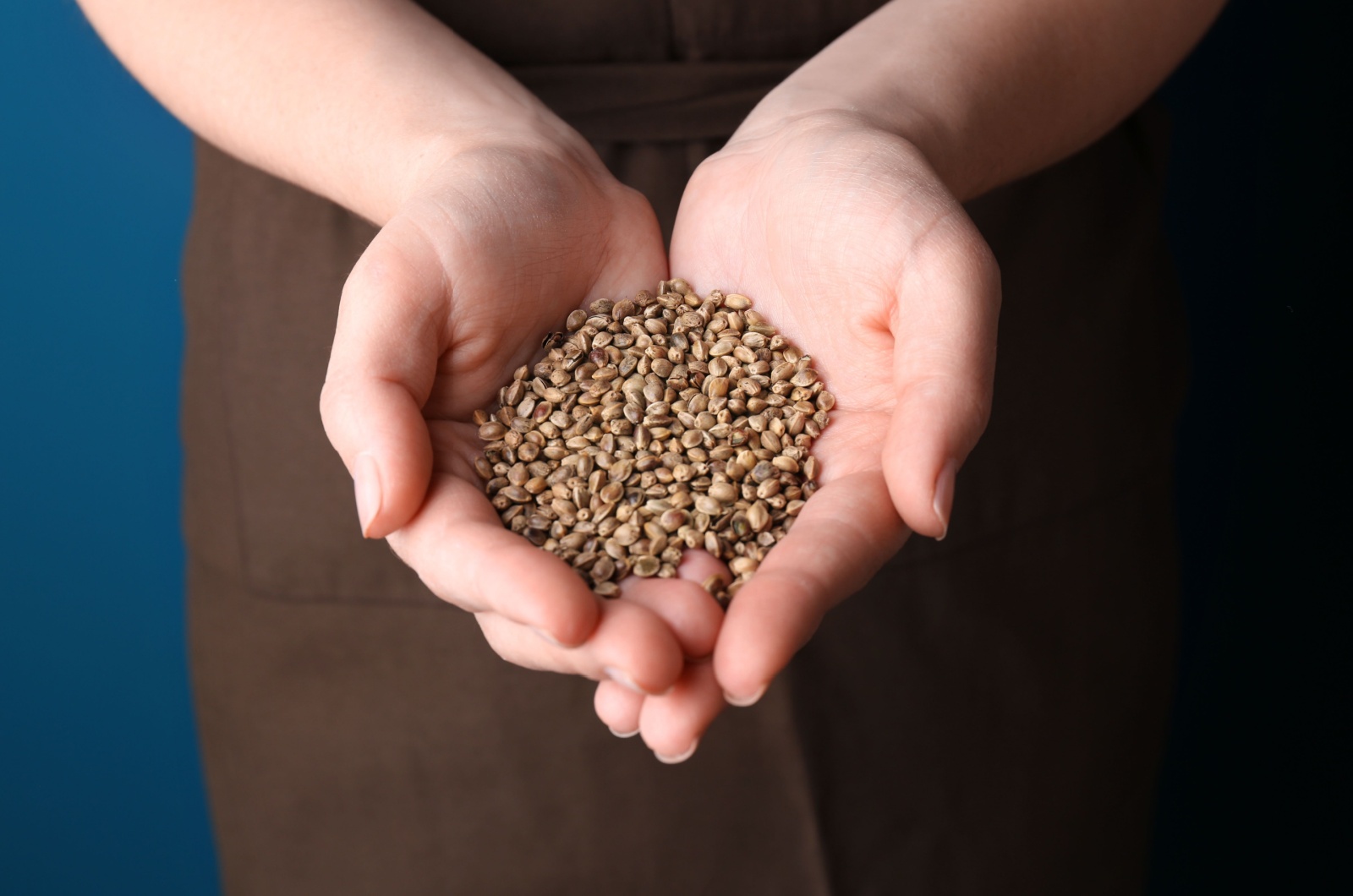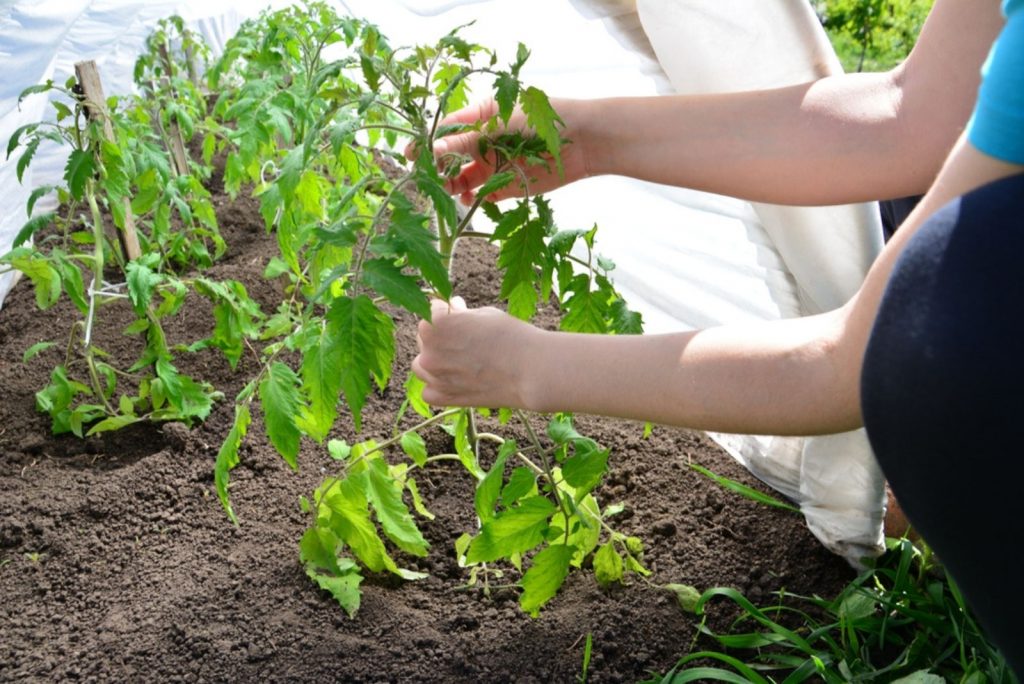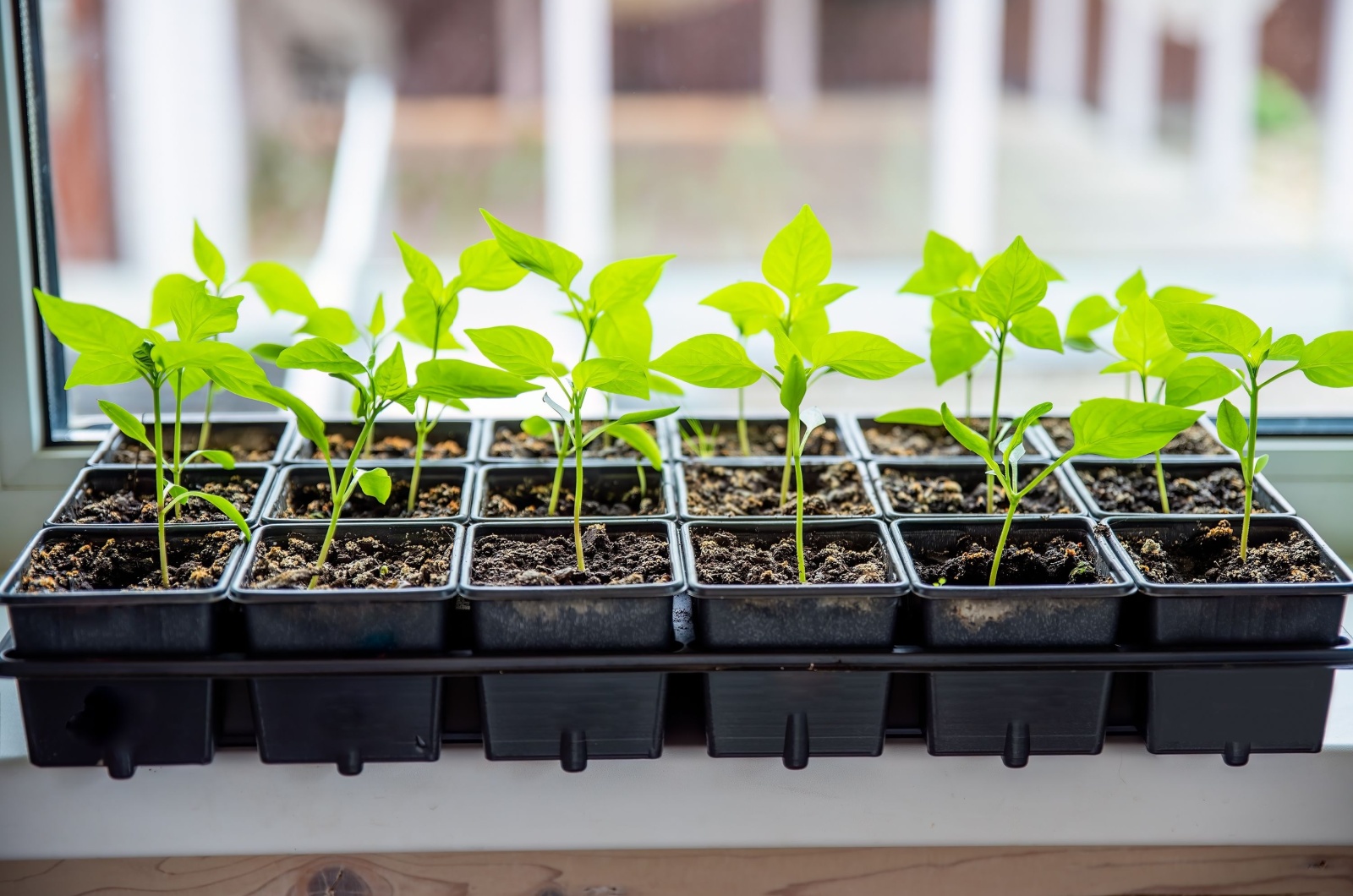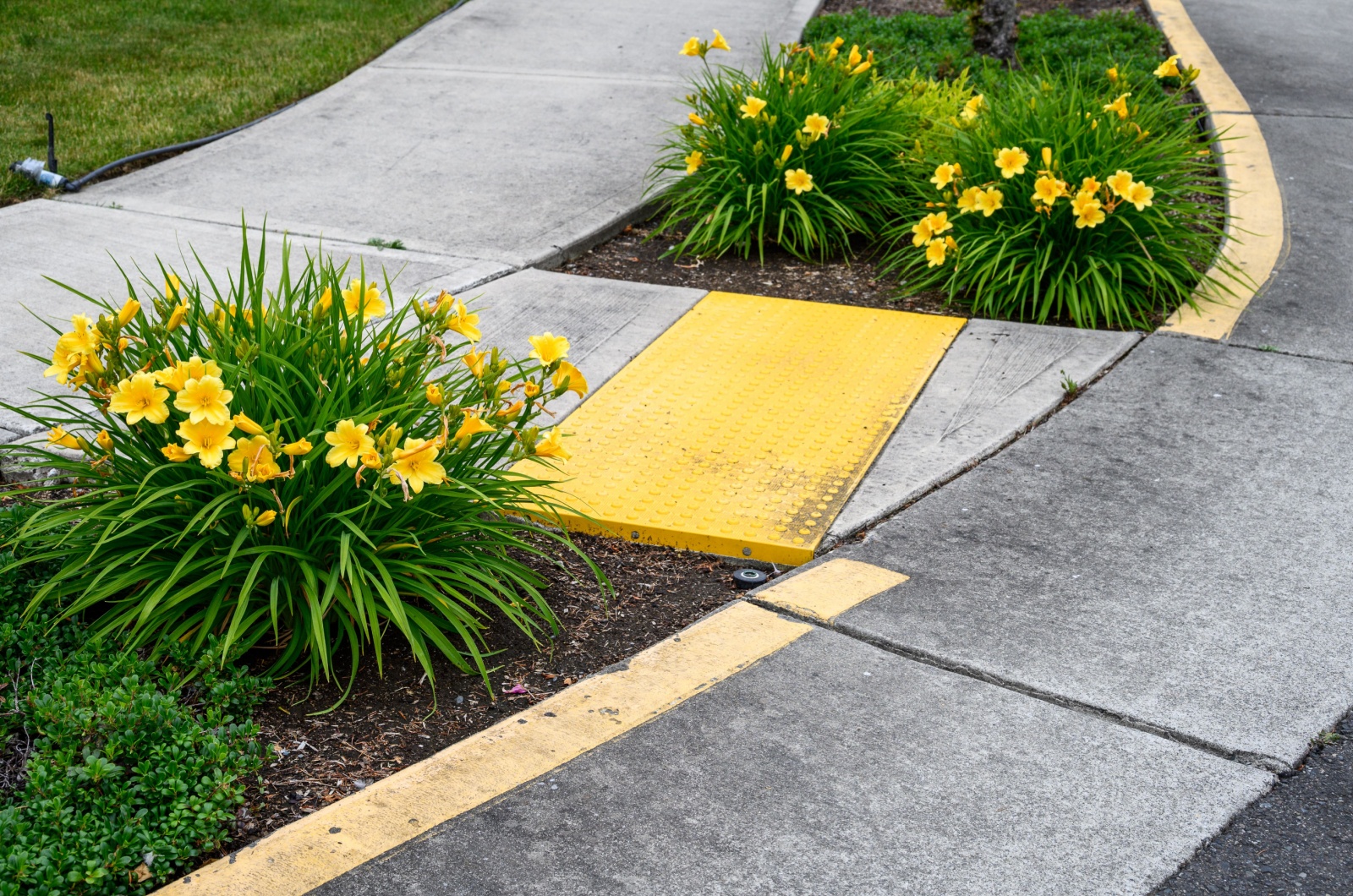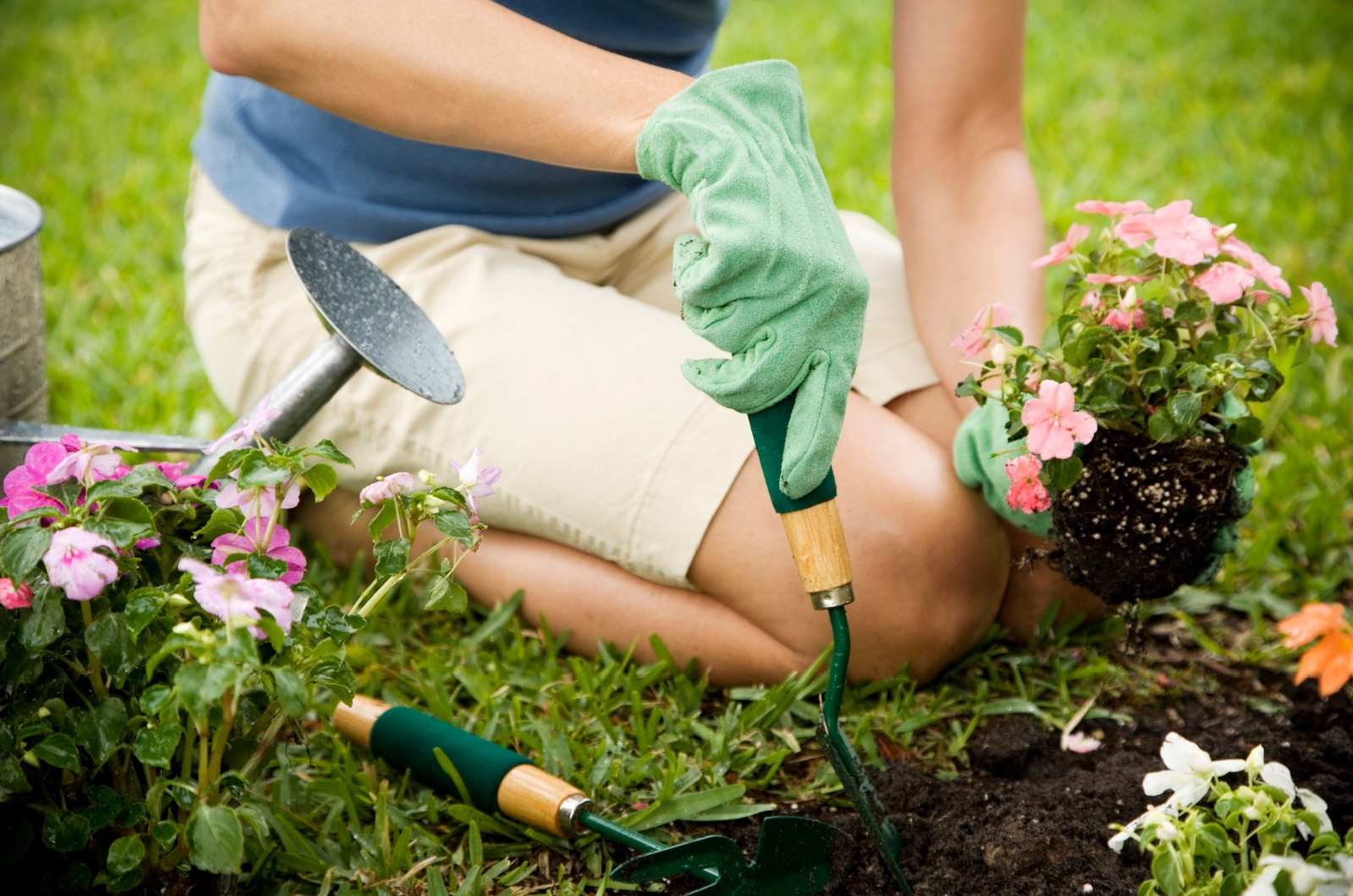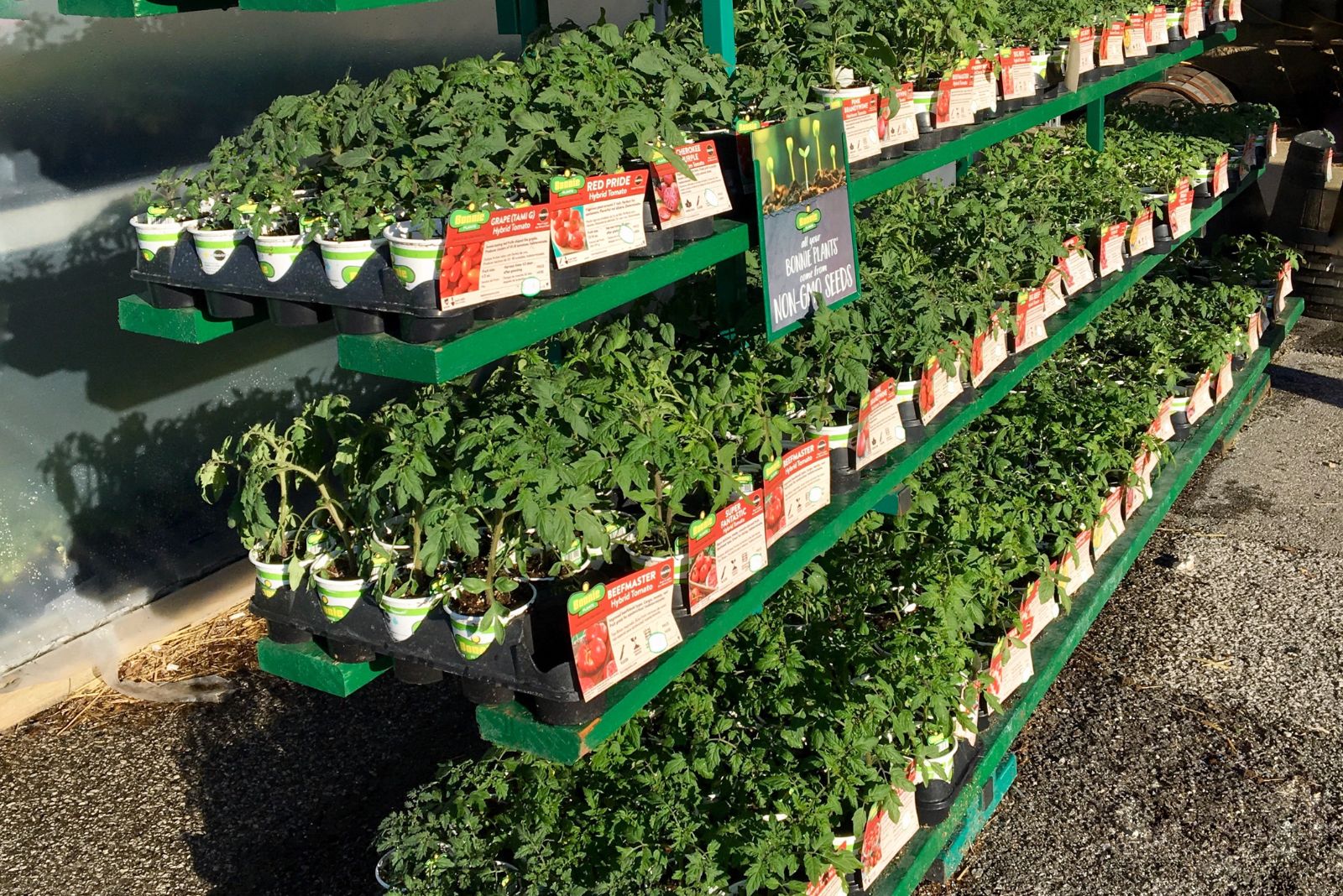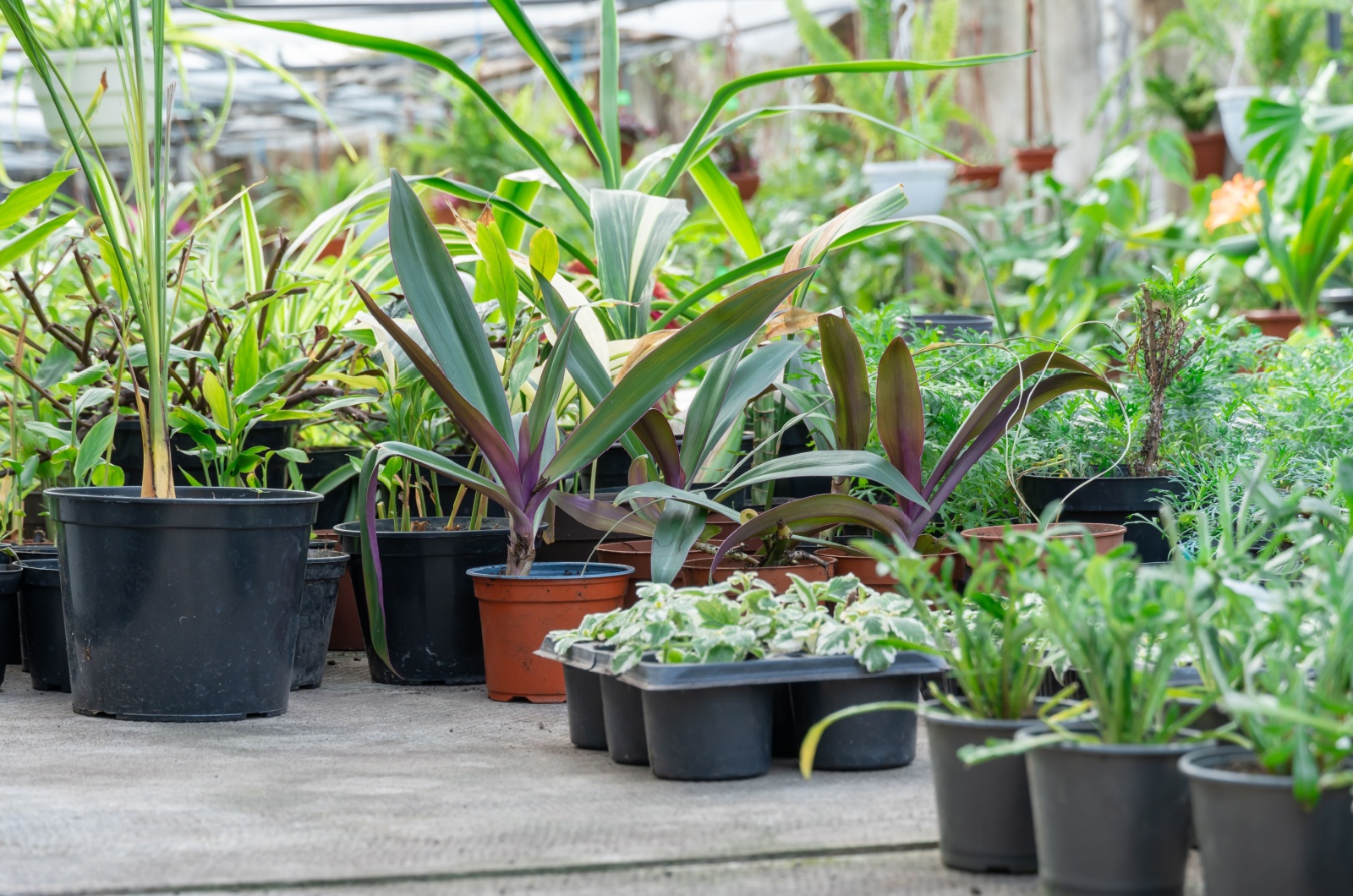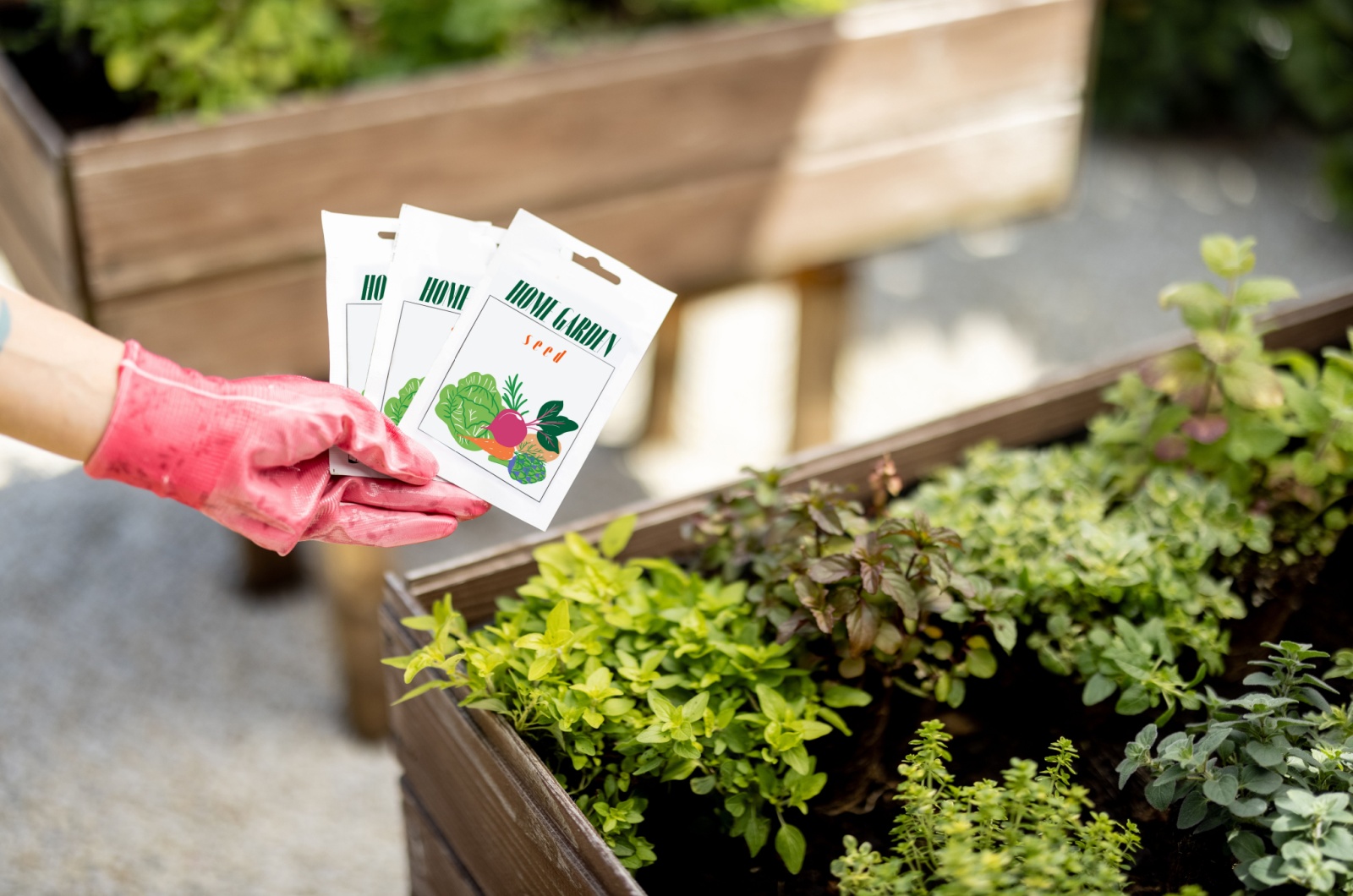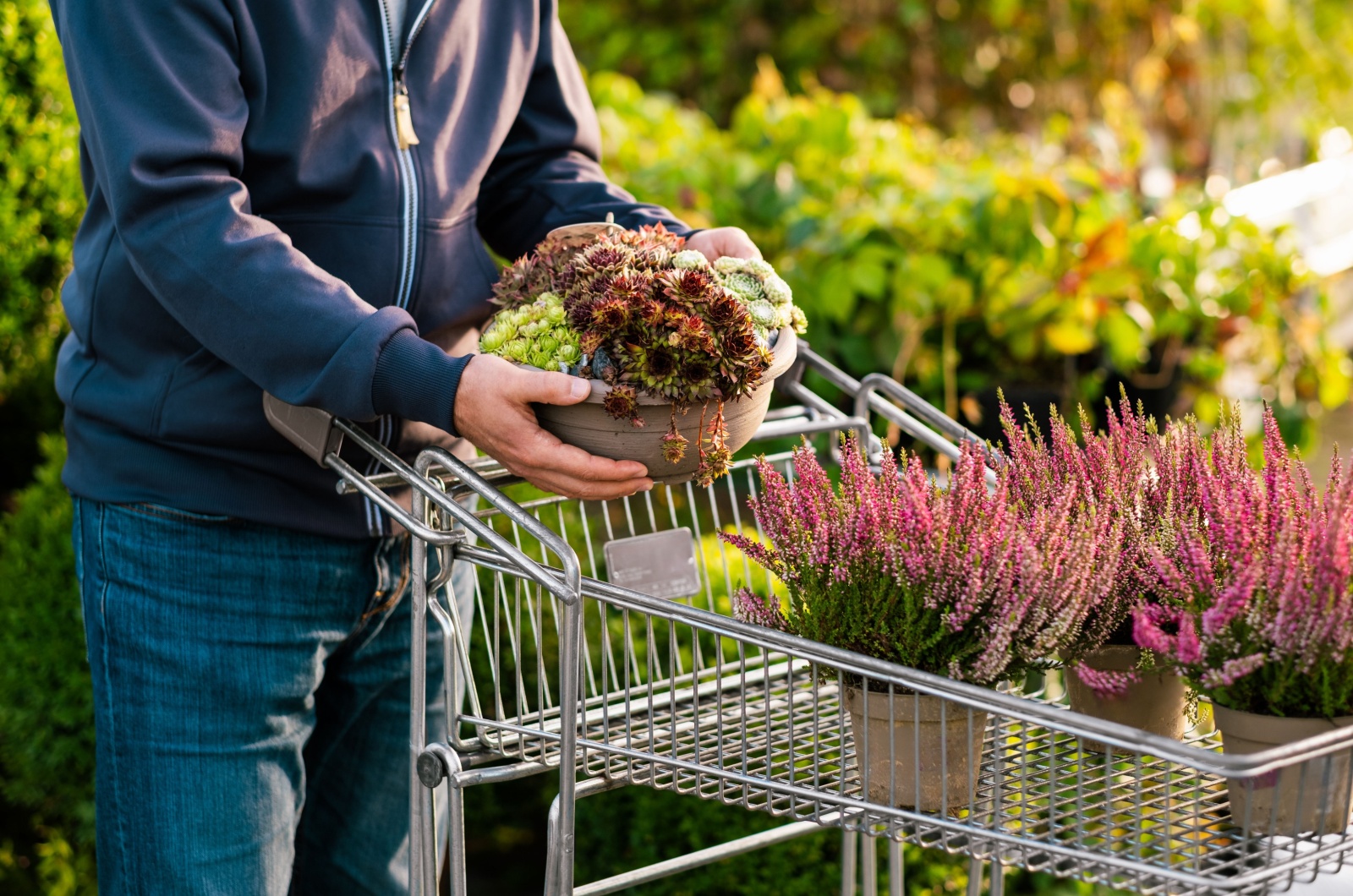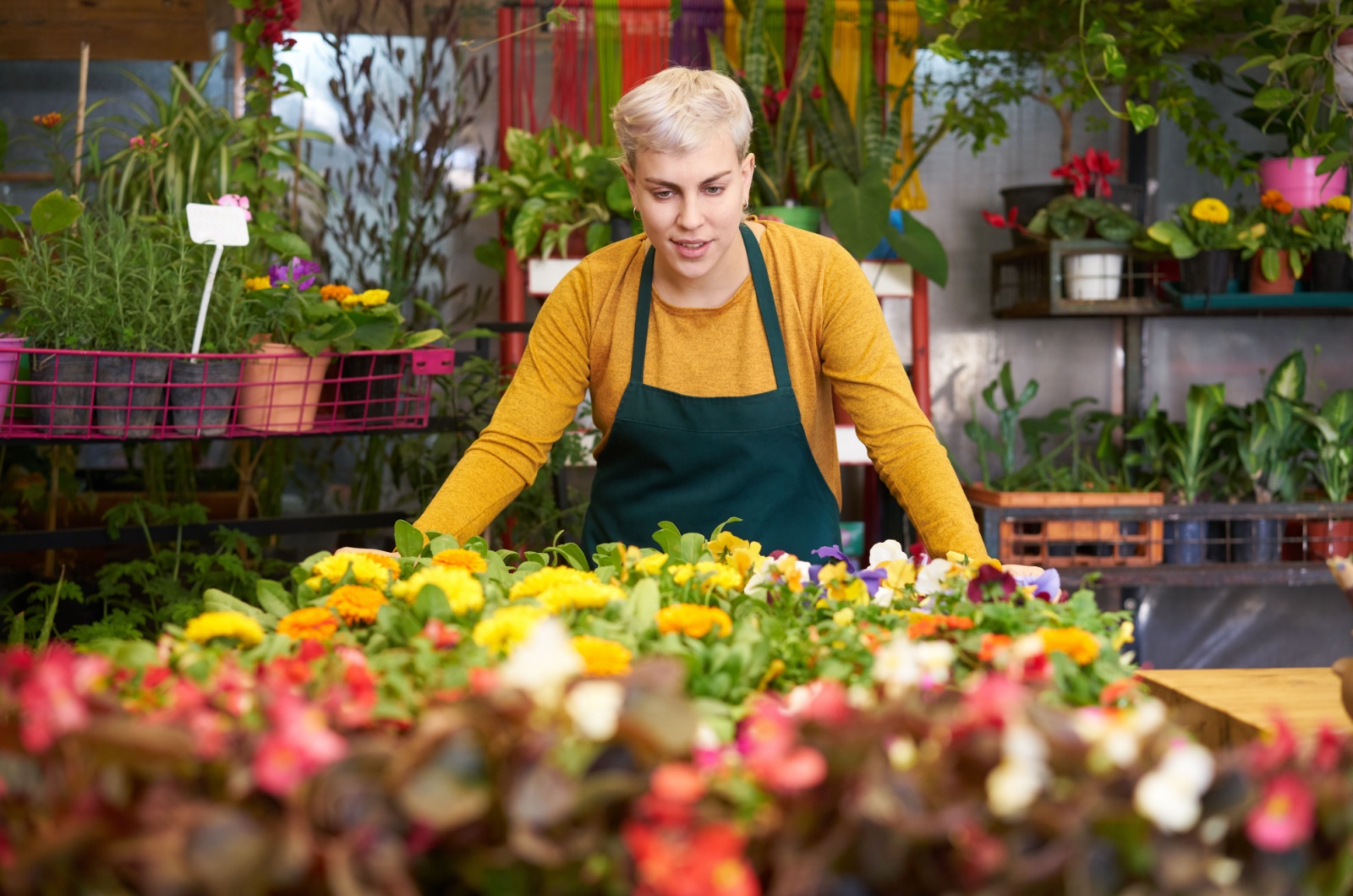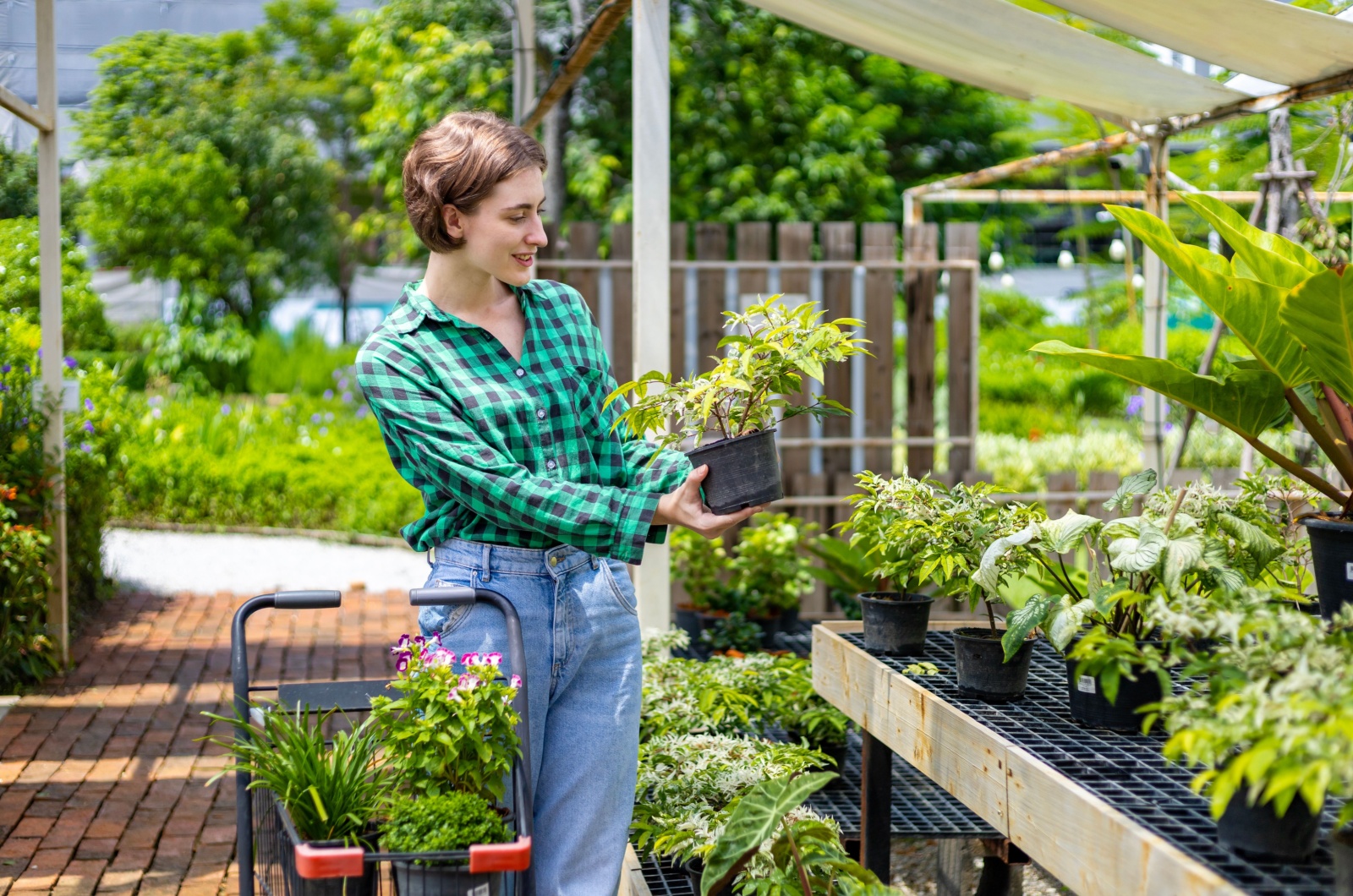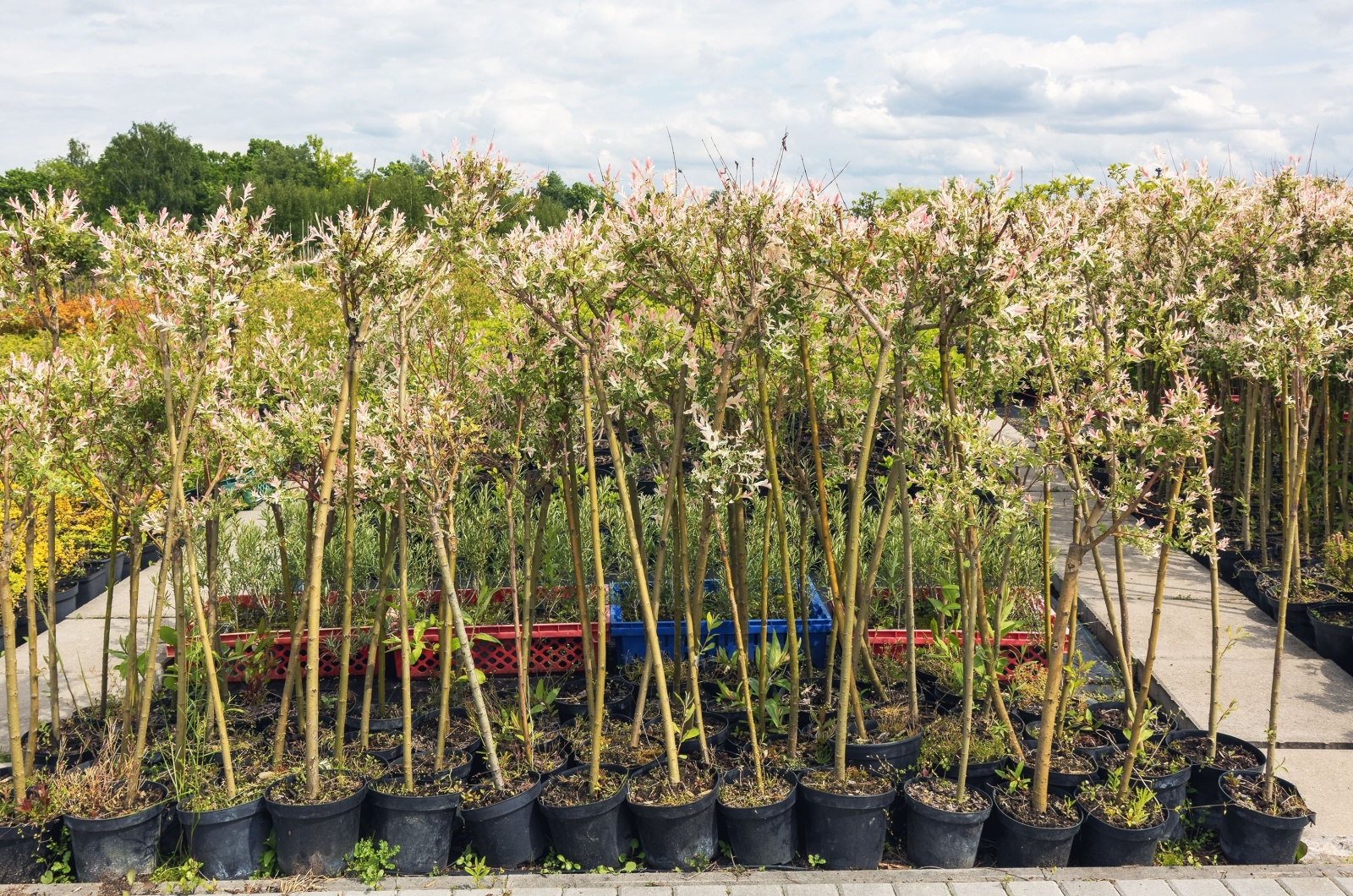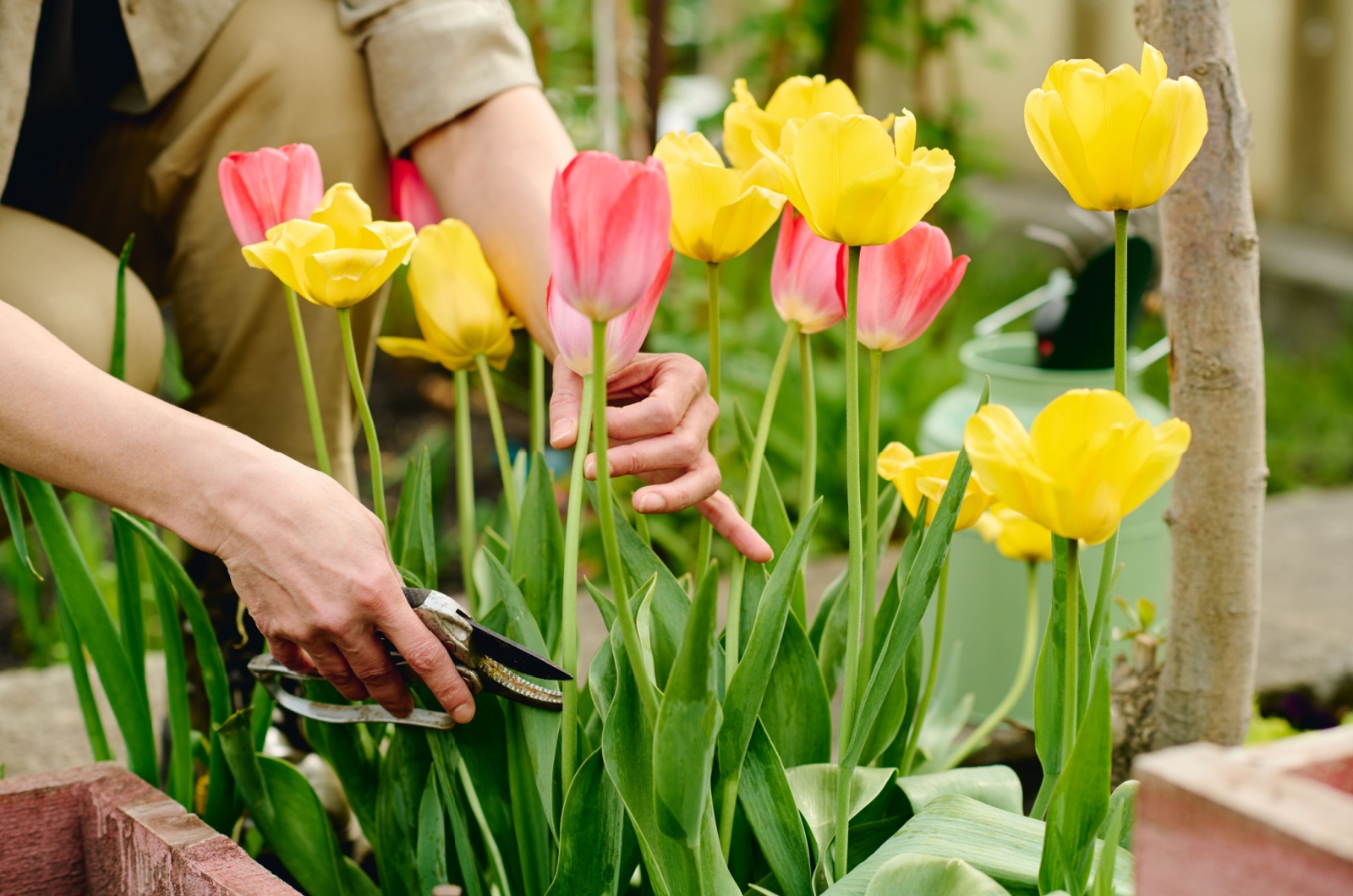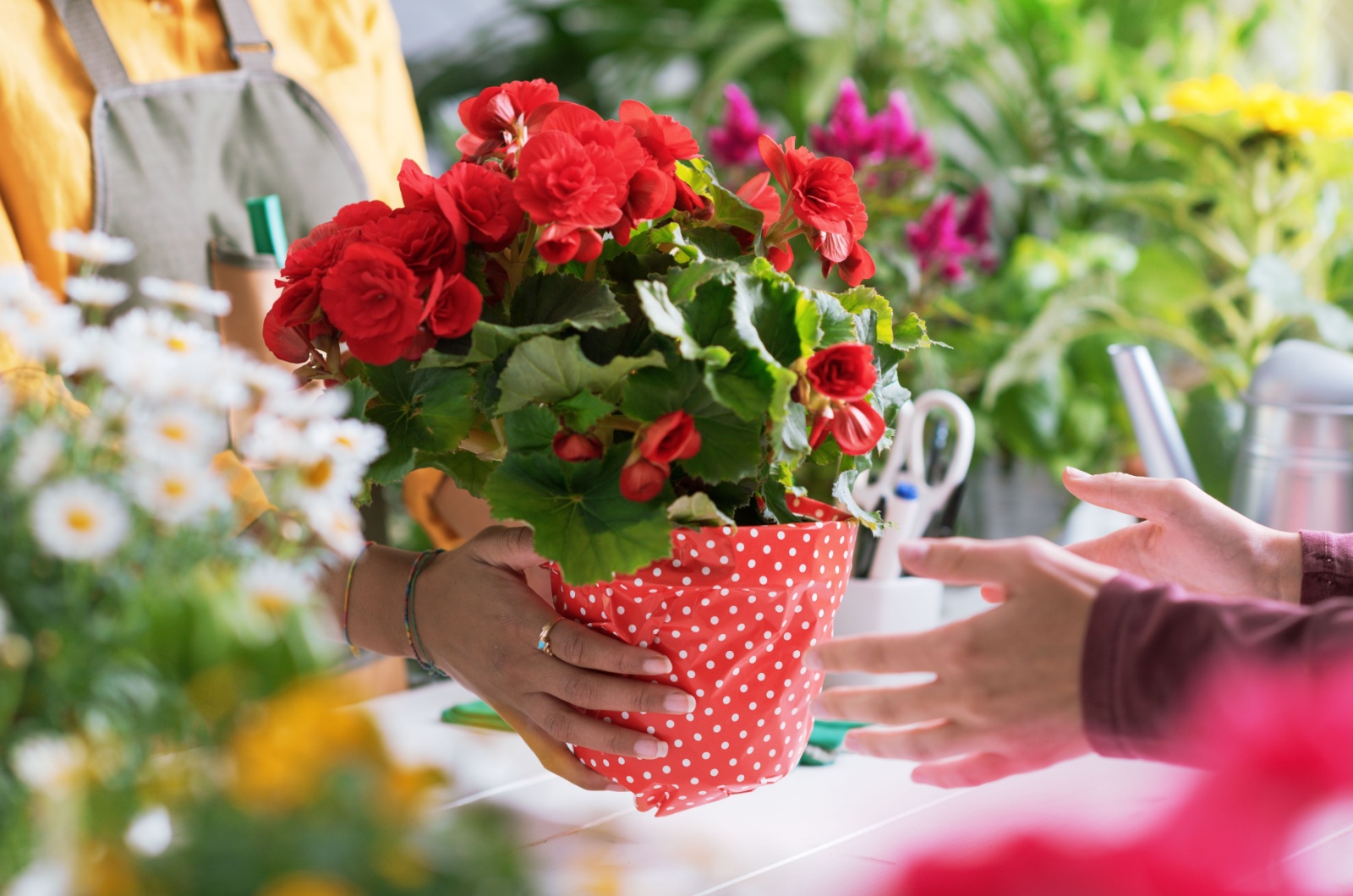Gardening is a fulfilling hobby, but it can get rather expensive, especially if you’re starting from scratch.
Transplants, canes, and seed packets all add up to a couple hundred dollars in a blink of an eye.
But did you know that there are ways you can get plants and seeds for free? You can use what’s already growing in your garden or ask around.
Here are some tricks that you can use to get zero-cost plants!
1. Take Cuttings
There are many plants and herbs you can easily propagate from cuttings, which makes them perfect for beginners.
If you already have your own plants, multiply those. And if you don’t have a single plant and want to start a garden, ask your friends to give you some leaf and stem cuttings.
I’m sure they won’t mind as it doesn’t hurt plants. In fact, if they prune their plants to reduce their size, you can ask them to give you healthy cuttings to try your hand at propagation.
Just make sure to have a lot of patience because growing plants like this can take weeks or, most likely, months to get a fully developed specimen.
2. Divide The Roots Of Your Plants
There are many plants that you can divide and multiply. ZZ plants, lavender, and lemon balm are just some of them.
And there are even more that grow offshoots and pups you can use for propagation.
The divided plants will be happier when their roots aren’t crowded in a small place, and you’ll have a lot more greenery.
Also remember to divide those flowering bulbs. They benefit from it, too.
Share the plants with your friends and neighbors, and who knows, perhaps they will give you a raspberry cane or two in return.
3. Save Seeds
Once you harvest your veggies or see that some flowers have gone to seed, don’t waste them.
Collect the seeds, wash them, and let them dry for a couple of weeks without touching. Afterwards, store them in an airtight container and use some wood ash because it can absorb moisture and allow the seeds to stay viable for longer.
Just remember that many hybrid plants won’t produce fertile seeds or go to seed at all, which is why you should stick to heirloom varieties.
However, some hybrids will have viable seeds, although the plant that grows won’t be exactly the same as its parents.
4. Take Advantage Of Volunteers In Your Garden
No, I’m not talking about people who offer to help you, asking for nothing in return. I’m talking about plants that sprout on their own without you planting them.
These are the most desirable visitors in my garden and can include tomatoes, parsley, spinach, lettuce, carrots, various types of flowers, etc.
Monitor your garden and if you notice volunteers, move them to a suitable location once they’re big enough.
Trees can also push out new ones on their own. Keep an eye out for them around their tall parents. Nurture them and transplant them when they get large enough to handle it.
5. Ask Family, Friends, Or Neighbors
Did you know that one of the most common “issues” in gardening is having too many seedlings when starting your own from seeds?
So don’t be afraid to ask your friends, family, or neighbors if they have some extra when preparing for the planting season.
If you have really good friends and ask them early in the season, they might be willing to start some extra seeds just for you.
My friend and I love to divide and conquer. Each grows the seeds she has and then we switch when we have viable transplants.
6. Go Out Into The Wild
You can find natives and wildflowers alongside roads and near forests. Check your state and local regulations regarding this, and uproot wild roses and daylilies to plant in your yard.
And if you’re on someone else’s property, get their permission first.
Finally, keep away from National Parks and their rare species.
7. Go Curbside Shopping
Curbside shopping is one of the most interesting ways to get free plants.
It’s a beautiful sunny day and your neighbor is redoing their landscape. They’ve uprooted some plants or pruned others to make them fit their design.
Ask them whether you can have the remnants. They would have just composted or thrown them away anyway.
8. Visit Yard Sales And Flea Markets
Yard sales and flea markets aren’t the first place I think of when looking for free or cheap plants. But they can pop up there from time to time, so don’t be a stranger to these events.
And sometimes, sellers will give you plants for free if they don’t feel like packing them up or throwing them away.
The key is to be at the flea market or your neighborhood yard or garage sale the last day when they just want to give stuff away.
9. Get Older Or Out-Of-Season Plants
Many hardware stores, large retailing chains, and garden centers have to throw away plants each year, which loses them money.
These plants aren’t desirable to anyone because they’re old, out of season, or diseased.
Many sellers will let you have them for free because they were going to throw them away in the first place.
Just remember to take those that need just a tiny bit of extra care to give them a new lease of life. Or if you’re up for a challenge, you can take the diseased and distressed ones and test your gardening skills.
10. Use Seed Catalog Promotions
There are many gardening and seed catalog lists that offer free seeds. One of them is Baker Creek and all you have to do is sign up for a free packet.
Other sites offer promotions or the first order for free, while some will include complimentary packets with your order.
Sometimes you may have to spend a little money, but it all depends on their offer.
11. Get On A Store’s Mailing List
There are many stores in the US that send coupons to their loyal customers. Home Depot and Lowes are just a few retailers that offer this, although I’m sure you can find more stores in your town.
Get on their mailing list and you’ll soon find buy-one-get-one-free coupons you can use online or in their stores to get some great deals on plants.
12. Check The Classifieds
There are numerous resources you can find online where you can ask for free seeds. Check the communities on Facebook and Freecycle or research Craigslist.
Search for free plants, seeds, and seedlings and something will pop up. Look for these things in early spring when there are bound to be some.
You can even find unusual indoor plants on these sites.
And don’t forget to pay it forward and place your own notice when you have something to offer.
13. Host A Plant (Or Seed) Swap
If you can’t seem to find a plant swap in your area, why not host your own?
Place an ad on Craigslist or Facebook gardening groups and invite your friends, family, neighbors, and florist coworkers.
Set up the tables, arrange some refreshments, and enjoy the array of plants, seeds, and seedlings in your backyard.
You can organize these events in spring, summer, and fall to get a wide range of plants.
And who knows, perhaps it grows to be an annual event your entire neighborhood visits.
14. Ask Around In Gardening Or Horticulture Clubs
Join your local gardening or horticulture clubs and enjoy all the benefits they offer, such as garden tours, plant swaps, etc.
Participate in these events and the gardening classes they offer to score free plants, learn some unique gardening tips, and improve your skills.
15. Get Plants From Landscaping And Construction Companies
Landscapers and construction workers are constantly uprooting older plants. Give them a call and ask around to see whether they have something for you.
You can persuade them to set those plants aside instead of throwing them away. This way, you can get mature shrubs and trees perfect for your backyard.
Pick the plants as soon as the workers give you the green light to move them out of their way. And who knows, you may get a reputation and have them call you to take the uprooted plants off their hands.
16. Reach Out To The Extension Office
There are various extension offices all around the US, and all you have to do is reach out to them in order to get free plants. They frequently host promotions, giveaways, and grants.
Extension offices can also give you valuable information on local clubs that host sales, which is a great way to get plants for cheap or free.
17. Join The Arbor Day Foundation
If you’re in need of a tree or two, you can join the National Wildlife Federation or Arbor Day Foundation and request trees for free.
Membership for the Arbor Day Foundation is $10 and you receive a gift of 10 tree saplings suitable for your area. (You have to enter your zip code, which they can use to find out what trees are most suited for your region.)
In the National Wildlife Federation, you can request trees for free or receive free trees for making a donation larger than $10.
18. Take Part In Volunteer Organizations
Local churches, schools, and other organizations frequently use plants and flowers for special-day decorations.
You can apply to volunteer in these events and ask them to take the plants home with you after the event if they don’t need them anymore.
Sometimes you may take whole plants or just cuttings to propagate them.
19. Don’t Be Afraid To Ask For A Plant As A Gift
If you’re looking for an unconventional plant, you can ask your local nursery to provide it to you as a gift. Mother’s or Father’s days, Christmas, Easter, and birthdays are all great dates to ask for it this way.
The nursery will get a gift certificate, which makes it easier for them to go along with this.
Sometimes, nurseries hold promotions and giveaways, so don’t forget to check your local ones regularly.
As you can see, you can find free plants everywhere if you’re willing to put in some extra work. Your friends, family, neighbors, and coworkers can help you out or spread the word that you’re on the lookout.
Your plant collection will quickly grow, but don’t forget to return the kindness. Share the seeds, divided plants, and extra transplants with everyone that has helped you.
It can be a great road to new experiences, unexpected friendships, and fulfilling traditions.

